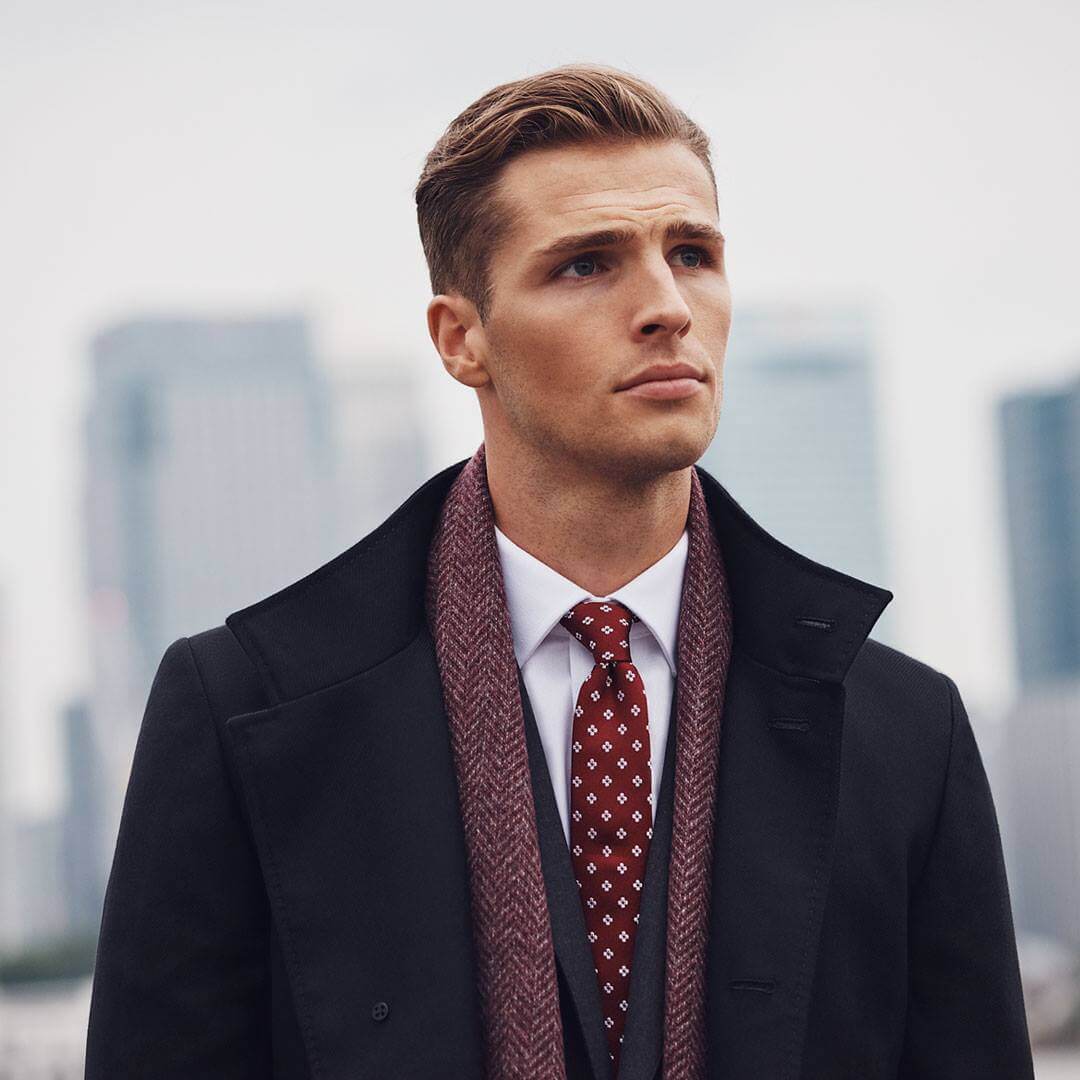 The creation of a viable professional image is more complex than we might imagine. When we consider our professional image and how others view us, we assess the differences between how we wish to be seen (confident, reliable, hard-working) against how we believe we are seen (lacking in confidence, unreliable and lazy). And if there appears to be a gap, there are strategies you can employ to create, alter and maintain your image.
The creation of a viable professional image is more complex than we might imagine. When we consider our professional image and how others view us, we assess the differences between how we wish to be seen (confident, reliable, hard-working) against how we believe we are seen (lacking in confidence, unreliable and lazy). And if there appears to be a gap, there are strategies you can employ to create, alter and maintain your image.
- Impression management: There are two ways of managing others’ impressions of you (and therefore your image). The first is the traditional option, reinforcing those personal characteristics you wish to convey (that you are dedicated, dependable and so forth). The second involves social-identity-based impression strategies, which in essence can be seen as managing cultural stereotypes.
- Non-verbal cues: This is all about how you present yourself non-verbally; the types of clothes you wear, the body language you present, and even the fragrance you choose to wear. This is where your attire and the right professional image plays an important role. Particular ways of dressing can often reinforce personal characteristics, much like a tailored suit encouraging perceptions of authority and competence. Or a well groomed appearance presenting an upkept image of self care and attention to detail.
- Verbal cues: A huge part of your image and the formation of your image concerns what you actually say and do, including the type of information that you give others about yourself, your hobbies and interests, for example.
We’ve all struggled with the need to look and feel great, all while remaining professional. It may seem as though employers are extra weary of how you carry yourself. You never want to feel overdressed nor underdressed in any unfamiliar or professional setting. When it comes to a new work culture, the ever-so-vague business casual, business professional or business formal dress code seems daunting and undefined. Office-appropriate attire becomes increasingly complicated as professional environments evolve with the times. We are seeing many more creative jobs and on-trend work environments, which complicate the question of what is appropriate work attire.

T.M.Lewin opened on Jermyn Street in 1898, becoming best known for the invention of the coat-shirt, better known today as the button-front or button down shirt. This now classic wardrobe staple is worn across cultures globally, T.M.Lewin continues to develop an unsurpassed selection of men’s shirts with a pattern and a fit for any man.
A common mistake people make when preparing for a new job or an interview is their lack of observance, seeing that there is no formal outline or guide for professional dress. What to wear and when continues to be a subjective topic; depending on the city, the business, the field and the position, these standards will vary. During the interview process, office tours or even dropping off a resume; many forget to observe the company culture and pick up signals from those employed within a particular office. T.M.Lewin has developed this handy guide to help you navigate the office dress code while looking sharper and smarter.



